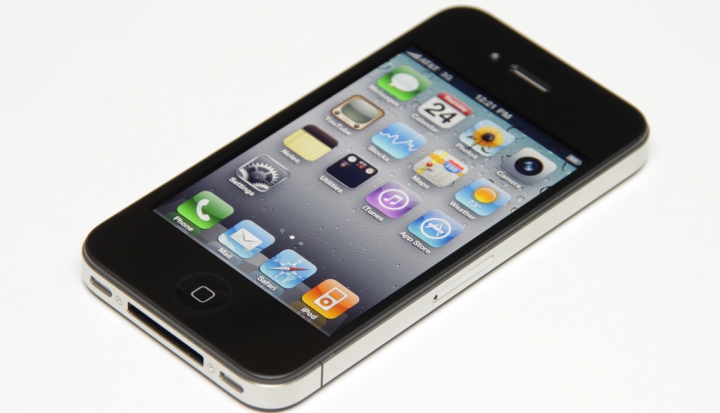I am not supposed to say this, but I like being a human doing rather than a human being. Doing, moving, chatting—those all feel right to me. Slowing down, on the other hand, feels like a little death. The problem is that as a mother, wife, teacher, and writer, there is too much doing to do. There are days (like, all of them) when I find myself standing in the middle of a room paralyzed by the weight of what needs to be done. Rather than taking time to relax, focus, and prioritize, I jump in haphazardly and put out the most blazing of fires, never doing anything with the sort of intentionality and purpose that would give my days meaning and satisfaction. I know I need to get still, but I don’t know how.
While technology, with its powers of distraction and speed, is part of the problem, it might be part of the solution, too. Countless apps are available to help us slow down, breathe, and find our inner yogi.
Breath2Relax is a popular, free app available for both Apple and Android devices that offers breath and relaxation exercises. The app works by first asking users to assess their stress level and then measuring out inhalation and exhalation for counts beginning at seven seconds. A soft, female voice guides the user through the exercise with reminders to pay attention to any tingling or discomfort you may feel. Visual and audio prompts may be altered as can the cycle settings.
I cheated with this app because, ironically, I had too much to do during the time I set aside to try it out. With my earbuds firmly affixed in my ears, I sat in front of a computer researching material for a lesson plan while students continually tapped my shoulder asking me to respond to various questions of questionable urgency. Needless to say, the breathing exercise was a failure. When the app asked me to assess my stress level upon its completion, I had to admit it was slighter higher than when I began. Later, behind the closed doors of my office with the lights out, the app was much more successful, though the inhalation cycle of seven seconds was impossible for me and made me truly question my cardiovascular well-being.
Take a Break is another guided meditation app that offers both “work break” guided meditation, which runs for seven minutes, and “stress relief” meditation, which runs for thirteen. Again, a quiet, female voice guides the user through recommendations like, “Notice the in and out of the breath…let go of thoughts. Simply be aware of what you’re experiencing now and in this moment.”
A certain amount of aesthetic is involved with this and as such, I have to say I found this woman’s voice unappealing, almost nasal. And while there is a universality to the language of guided meditation, this one felt particularly stereotypical and non-specific. Rather than feeling relaxed after doing this meditation, I felt annoyed.
A more successful app for my relaxation needs is the Mindfulness app available for both Apple and Android devices for $1.99–2.99. This more sophisticated app offers a wider variety of meditation experiences from guided to silent to offers of purchased mediations from well-known meditation teachers. The meditations begin with a prayer gong. They then take the user through a slow, intentional, and specific meditation that focuses on an awareness of the body before moving on to the activities of the mind.
In trying this app out, I had to work hard to focus on what was being asked of me rather than on my children who really desperately needed my attention right at the moment when I asked them for three minutes all to myself. It took several tries and promises of popsicles to finally find the space to give over to the meditation, but when I did, I was able to center myself and quiet my mind. The specificity of language and pacing were particularly effective in getting me into a meditative zone.
As a Catholic, the place I usually go for meditation is the Adoration chapel. In giving these apps a try, I cannot help but compare them to time spent in Adoration. Both ask us to be still and let go, two things I am not at all good at doing. In truth, in Adoration, I get squirrely and have to fight the overwhelming desire to jump out of the pew and run away as far and as fast as I can. A similar feeling comes over me when attempting the meditation the apps ask of me, but less so. This is not to say the apps are better than Adoration. Quite the contrary.
In Adoration, we are called to get out of ourselves whereas the apps ask us to move into ourselves. One of these is considerably easier to do than the other. Both are probably useful. While I may from time to time revisit the apps to help me be a more centered person, when I need to be a less self-centered person, one who is better at prioritizing the world around me, I think I might just stick with Adoration.
Image: Flickr cc via Yutaka Tsutano










